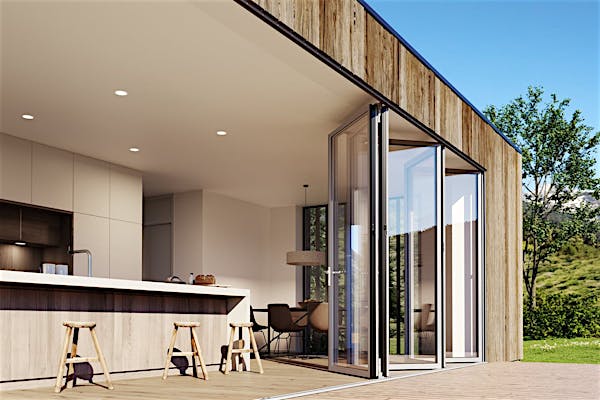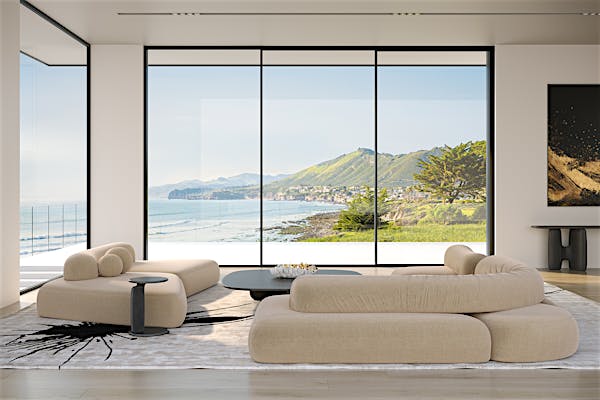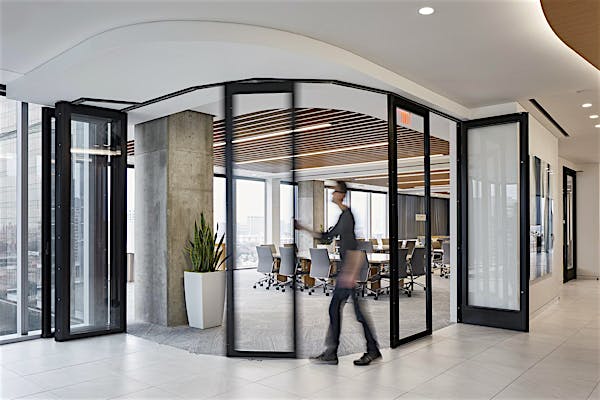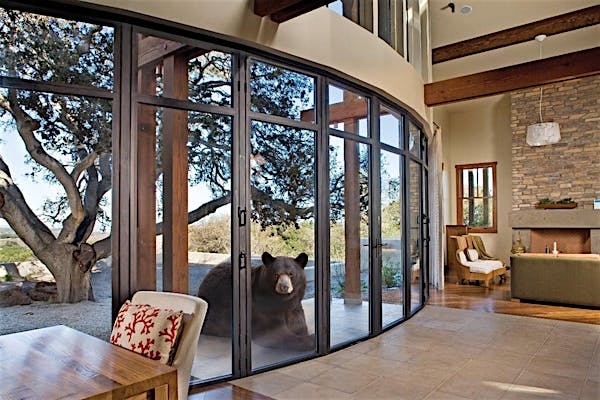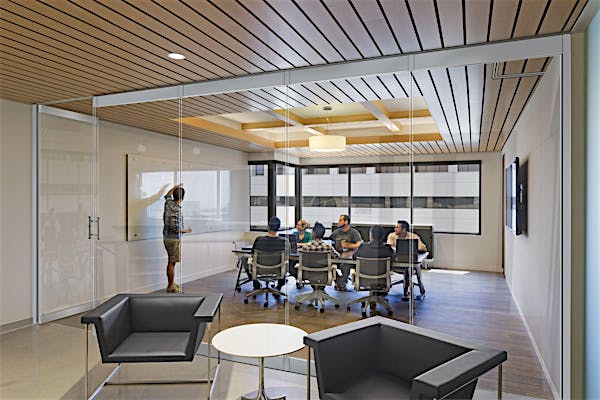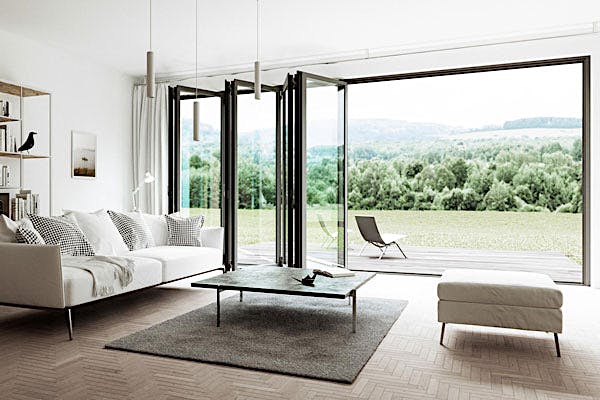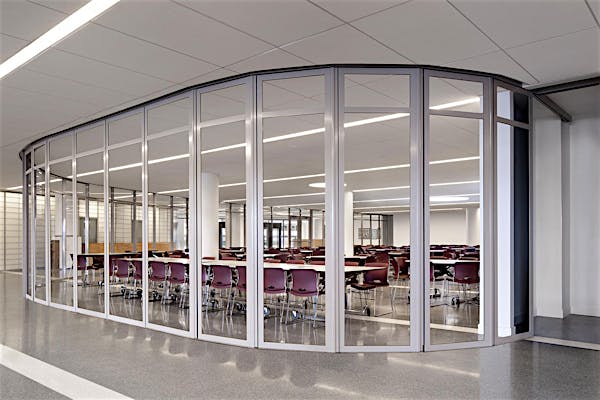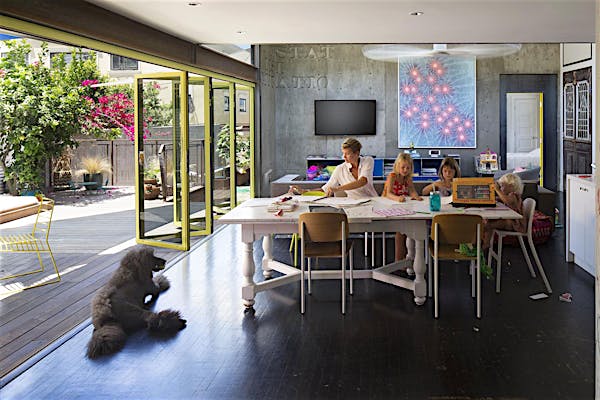
Figure 1: NanaWall systems perform when closed.
There are valid reasons beyond aesthetics for an architect to select premium products. Architects assess buildings holistically and determine products to help the project meet regional or state energy requirements. Sometimes architects need premium, high-performing products to hold up to energy codes.
Windows and doors, known as fenestration, have a critical role in the thermal performance of buildings and, therefore, the thermal performance of fenestration is key to achieving code. It is warranted for architects to specify quality fenestration products.
Understanding Energy Codes and Thermal Values
There are two thermal performance values cited in codes that relate to fenestration. Rating organizations, such as the National Fenestration Rating Council (NFRC), place these values on fenestration product labels, including glass wall systems. Building owners considering opening glass wall systems should have a high-level understanding of these values and how they affect thermal controls in buildings.

Figure 2: NanaWall Systems, like our Aluminum Clad and Wood systems, are designed to keep cold climate homes energy-efficient.
U-Value (or U-Factor)
The U-Value indicates the rate of heat loss. It’s a critical value for the thermal performance of buildings because a building that loses heat wastes energy.
For opening glass walls, the U-Value measures the heat that escapes from inside of the house, through the glass wall system, to the outside. U-Values range anywhere from 0.20 to 1.25. The lower the U-Value is, the less heat escapes through the window. The higher the U-Value, the more heat leaves the house via the system. In warmer climates, systems under 0.40 can usually accommodate energy requirements, but in colder climates a lower value is necessary.
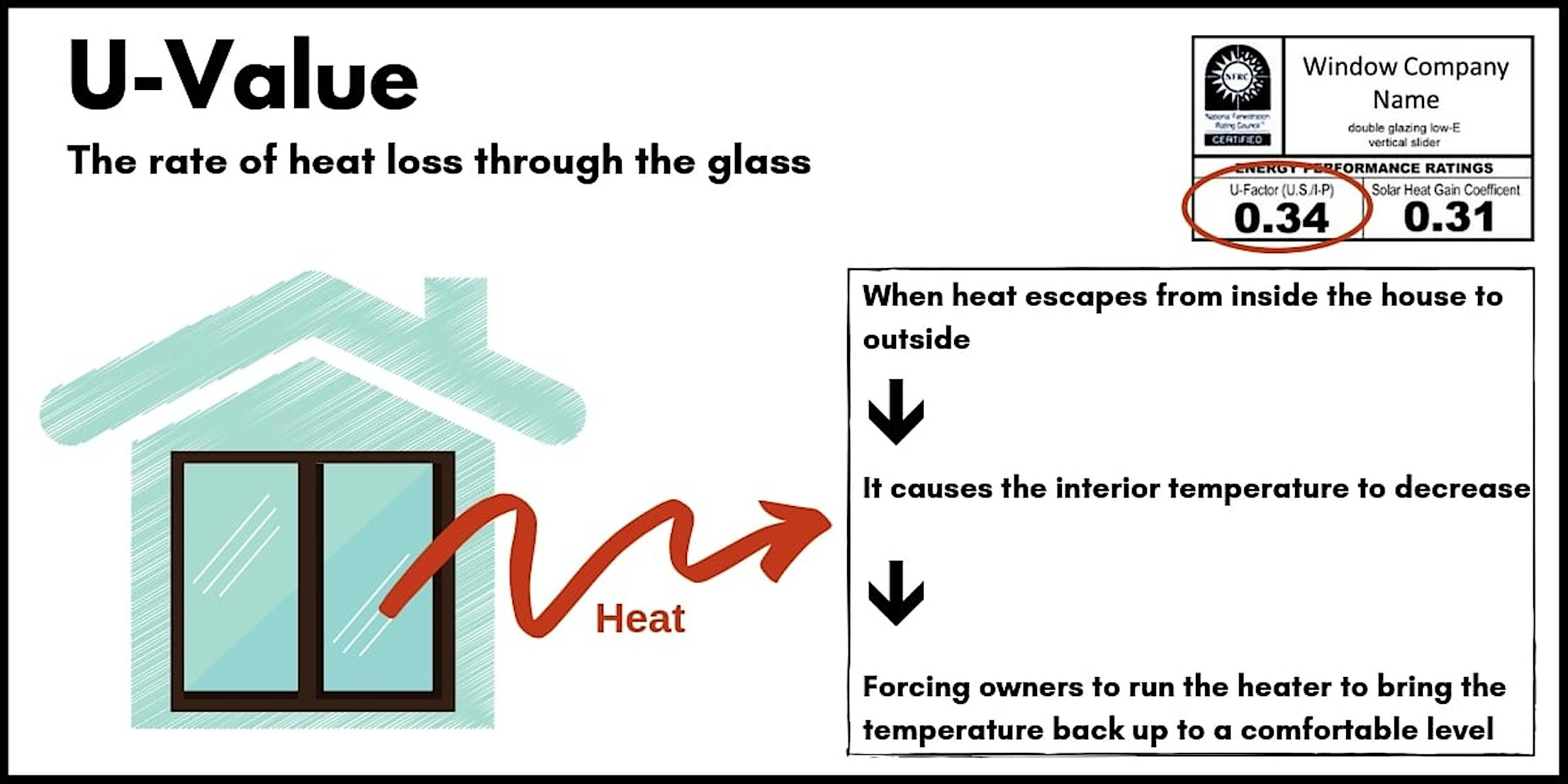
Figure 3: The lower the U-Value, the less heat loss. The higher the U-Value, the more heat escapes outside.
Glass wall systems with a low U-Value are needed in cold climates where it’s best to retain heat. With heat locked inside, there is less demand to run a heater, which conserves energy.
The quality of a system’s glass is the primary factor in controlling the heat gain and heat loss in buildings. However, it is helpful for a system to have frames and sills that prevent heat from escaping. NanaWall glass wall systems have either thermally broken aluminum, wood, or aluminum clad wood frames, all of which are difficult for heat to escape through. Weatherseal gaskets are also built into the systems. Moreover, we offer a large variety of glass options, including triple insulated glass panels, to achieve U-Values as low as 0.17. These numbers are always accurate because certified independent labs test our products for thermal performance.
Solar Heat Gain Coefficient (SHGC)
SHGC is the fraction of incidental solar radiation admitted through the glass. In other words, SHGC indicates the amount of sunlight that converts into heat as it enters through the window and inside the home. It’s a value that lies between 0 and 1. The lower the SHGC, the less solar heat makes it through the glass and warms up the interior. The higher the SHGC, the more heat goes through the glass and heats the interior.
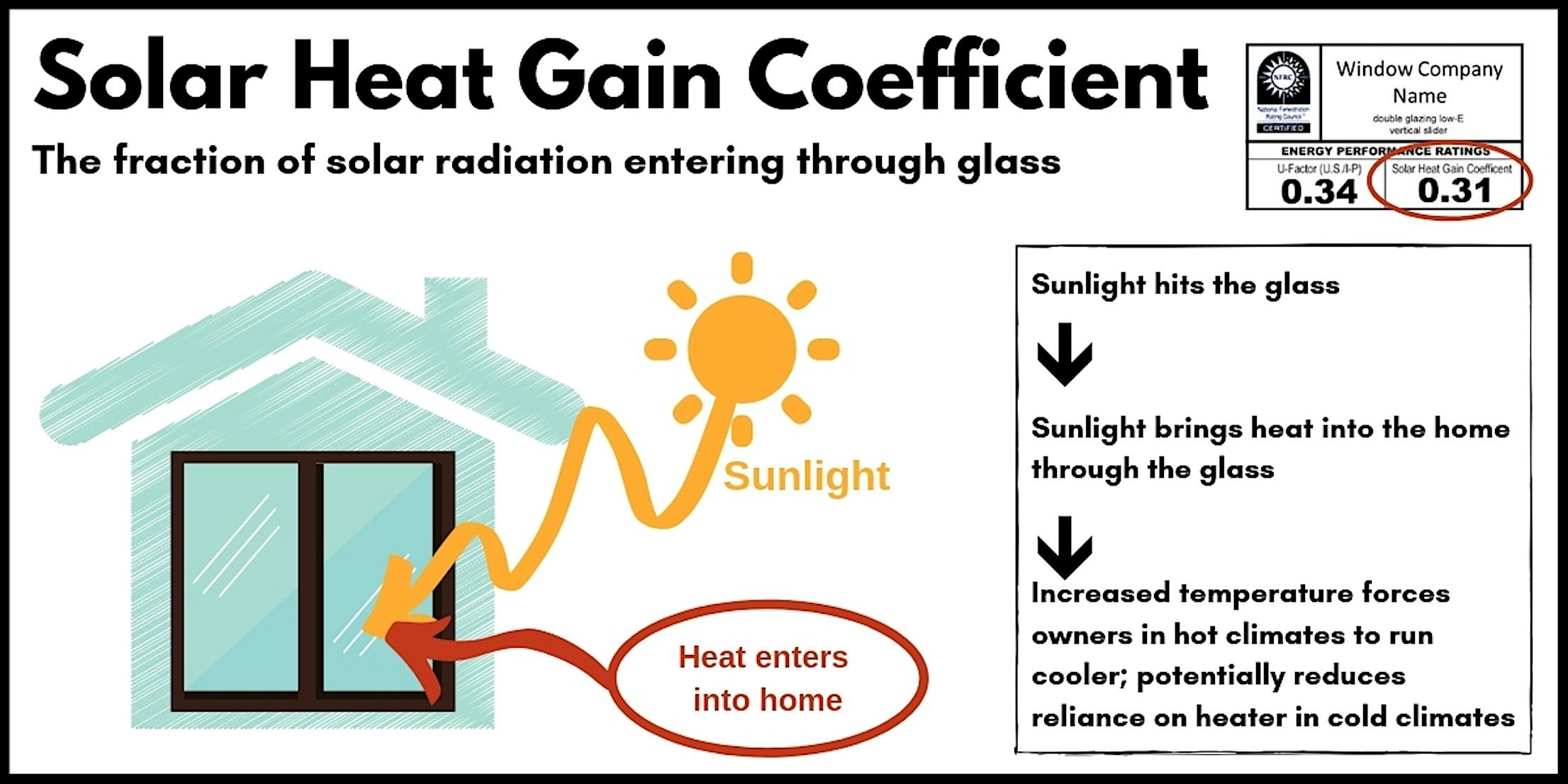
Figure 4: The lower the SHGC, the less solar heat makes it inside. The higher the SHGC, the more solar heat enters the home.
Generally, a low SHGC is desirable because it limits heat transmission and assists in natural cooling. However, a high SHGC can be beneficial for passive solar heating in cold climates, especially when in combination with a low U-Value. For these reasons, an architect must consider the local climate in fenestration decisions. Here is a general guide to SHGC by region.
The SHGC is dependent on glazing, which means the kind of glass used. When evaluating overall solar radiation through a glass wall and its effect on the thermal performance of buildings, information like the surface area of exterior glass, solar orientation, and the thermal mass of material exposed to sunlight are helpful to consider.
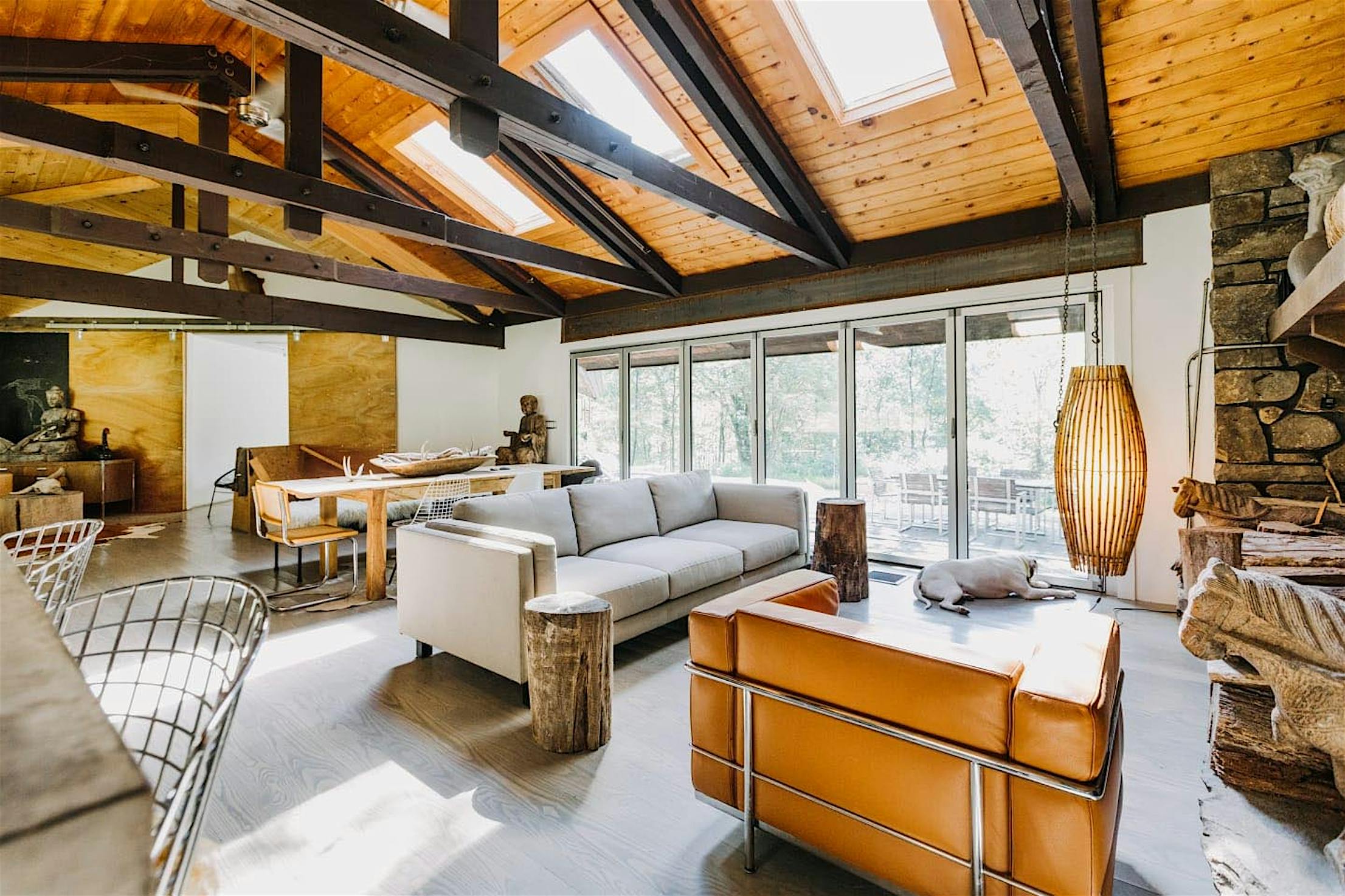
Figure 5: Choose from a variety of glass options to control the SHGC of your NanaWall system. ©Carina Romano/Apartment Therapy
Opening Glass Walls and Thermal Performance of Buildings
These two values are generally intertwined, which can make it tricky. A glass wall system with a low U-value usually has a low SHGC, and high values have the same direct relationship. However, in cold climates, it can be better to have a low U-Value and a high SHGC. A high-performing opening glass wall designed for cold climates can keep U-Values low and SHGC relatively high. The inverse case is valid for warm climates.
Providing the perfect values is a difficult task for manufacturers, but NanaWall systems accomplish it through an emphasis on engineering quality and focusing on regional solutions. A wide array of glazing options meets the needs of all regions and we engineer complete operable glass wall systems that have the energy performance to match.
The U-Value and SHGC dictate an architect’s fenestration decisions. They are the values that determine if a product is going to help, or hurt, the thermal performance of buildings and building energy code compliance efforts.
The below NanaWall systems are some that offer exceptional thermal performance:
Aluminum framed folding options: SL60, SL70, NW Aluminum 840
Clad framed folding option: NW Clad 740
Wood framed folding options: NW Wood 540, WD65
Stacking options: HSW Systems
Sliding options: cero
If you have any specific questions about a product or energy codes, please connect immediately with a NanaWall expert.
